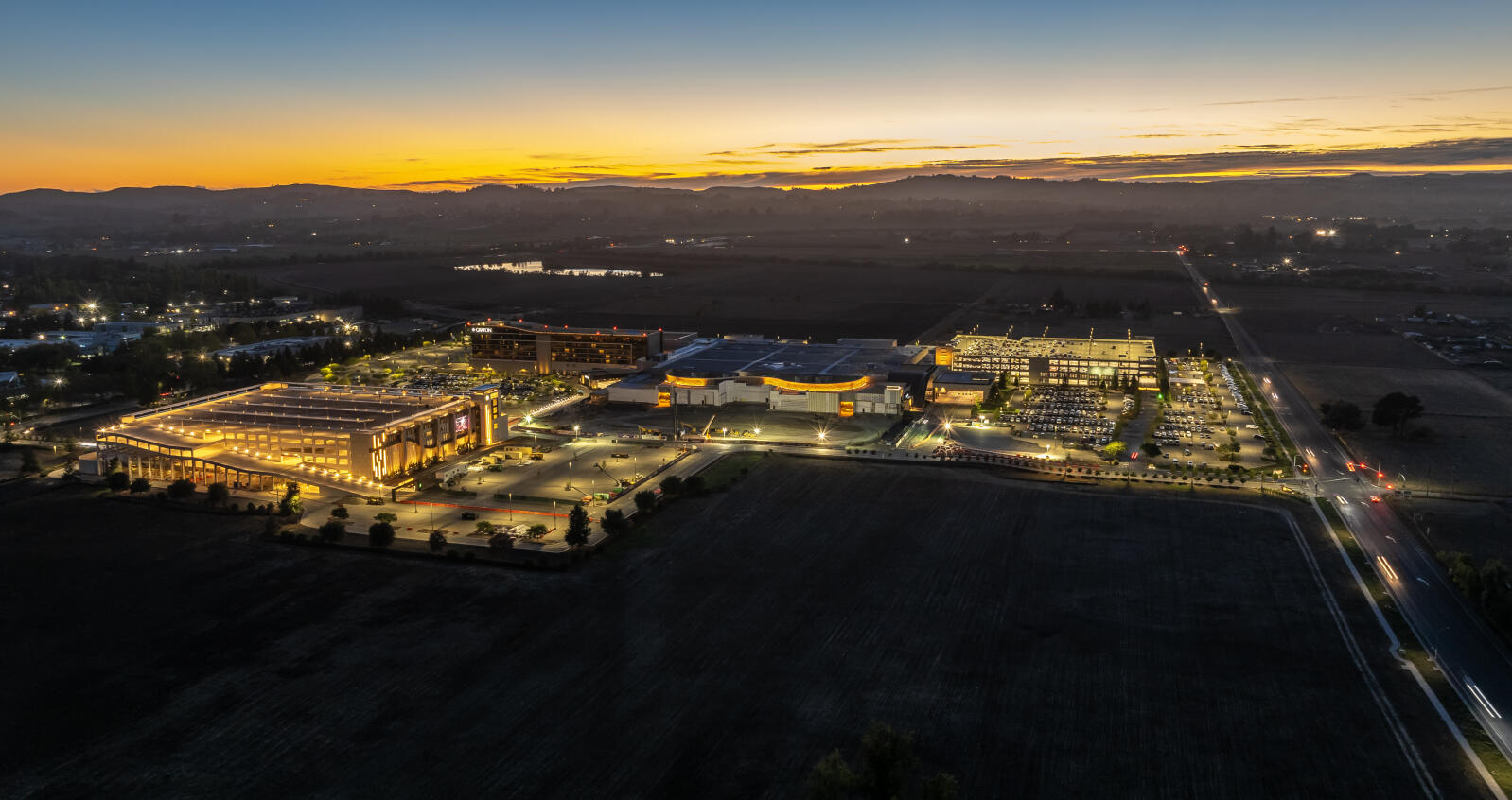(The Center Square) – The controversial Harlem Nights casino resort in Las Vegas’ Westside may face an uphill battle after a heated community hearing during which the city Planning Commission voted against it.
Developers of the proposed resort, named after the 1989 film starring Eddie Murphy and Richard Pryor, said they aimed to promote the Westside’s local economy and pay homage to the area’s Black roots.
But after a hearing Tuesday during which the commission rejected the project for its size and height, developers have some big questions to answer. They’ll get their chance when, despite the panel’s denial, the project goes before the Las Vegas City Council for review June 18.
“The only place that does not have economic development with an engine to fuel its economy is the historical Westside,” said Bishop Derek Rimson, a citizen at the Planning Commission meeting. “I am in favor of this particular project simply because I think it is the engine that is needed to allow … our people to be able to have a thriving economy like our sisters and brothers on the suburban perimeter.”
The famous Moulin Rouge casino, built in the 1950s, was in the historical Westside neighborhood. It was the first racially integrated casino in the U.S., and it allowed Black employees to work in higher roles than other casinos in Las Vegas at the time.
Today, the Westside is still home to a large Black community, representing more than half of the neighborhood, but the area has seen economic stagnation in recent decades as much of the rest of the city has grown. After World War II, the area was home to a working class Black community that had been rejected from living in other Las Vegas neighborhoods. But the area has stagnated in recent decades. Median household income today is $25,000, while unemployment rates are typically two to three times higher than Las Vegas as a whole.
Still, the Planning Commission recommended the City Council reject the proposed Harlem Nights plans. Members’ argument centered around how the massive 22-story hotel resort would dominate the area and change its historical aspect, with the developers saying it would cost $450 million in total. Questions were also raised about the surrounding infrastructure’s ability to support the increased traffic.
Despite the promises of economic prosperity and an investment of 10% of net profit from the project, some locals shared this concern.
“Why did the owners go to everyone, and I mean everyone else – newspapers, new stations. They had luncheons, they went to breakfast prayers,” said Westside resident Cordelia Wallace Freeman. “But they did not even come to the homeowners who would be directly impacted in the immediate vicinity to garner our support. They went to everybody else but us. So it made me question, would this really be a benefit to us?”
The initial Harlem Nights proposal was for a 60-story building, despite the area’s seven-story building limit. The updated proposal at the meeting was for three separate buildings – Harlem Nights Casino, the Jackson Hotel and the Westside Residence, with none exceeding 22 floors.
Planning Commissioner Jennifer Taylor from Ward 6 suggested the developers go out and discuss their options. “Why don’t you take a minute to go outside and talk about what you can do?”
Property owner Shlomo Meiri, who said he had owned the land for 15 years with diminishing value, became especially frustrated during the meeting. At one point he offhandedly said the developers would reduce the project to seven stories, but it is unclear if that will be followed through on.
“I’m OK with it if you guys put this community down, because you already created the ghetto by building the freeway, and then by closing F street, and now by reducing the height,” Meiri told the committee.
Later he said, “You don’t care about the community benefit.”





